A Double Block and Bleed (DBB) Plug Valve is a specialized type of valve designed to provide two independent sealing surfaces (blocking) and a bleed port for venting or draining the cavity between the seals. This design ensures complete isolation of the upstream and downstream sections of the pipeline, making it ideal for applications requiring safe maintenance, testing, or isolation of fluid systems. DBB plug valves are widely used in industries such as oil and gas, petrochemical, and chemical processing, where safety, reliability, and leak prevention are critical.
Characteristics
1. In the valve's opening/closing process, there is no contact between the sealing surfaces of the valve body and the vane, so the sealing surfaces suffer neither friction nor wear, contributing to the valve's long service life and small opening/closing torque;l
2. For the valve's maintenance, there is no need to remove the valve from the pipeline but just remove its bottom cover to replace the vane pair, thus very easy for the maintenance;
3. The valve's body and plug are full-bore so that the medium can flow through the valve without any flow resistance, and it's also possible to clean the pipeline to overcome the shortcomings of the reduced bore valve;
4. The valve's cavity is plated with hard chrome and the sealing area is hard and smooth:
5. The elastic seal on the vane is made of the fluorine rubber and molded and formed in a groove of the vane surface. The fireproof metal-to-metal seal
is used as the backing of the elastic seal;
6. The valve is provided with an automatic bleed device (optional) which can prevent the abnormal pressure rise of the valve cavity and check the valve's effect after the valve is completely closed;
43%
7. The valve's opening/closing indicator is in sync with the opening/closing position and can accurately display the valve's opening/closing status.
Key Features:
-
Double Block and Bleed Functionality:
-
Provides two independent sealing surfaces (blocking) to isolate the upstream and downstream sections of the pipeline.
-
Features a bleed port to vent or drain the cavity between the seals, ensuring no pressure or fluid remains trapped.
-
-
Materials:
-
Constructed from durable materials such as carbon steel, stainless steel, or alloy steel, depending on the application and fluid compatibility.
-
Sealing surfaces are often made from PTFE, elastomers, or metal for enhanced performance.
-
-
Applications:
-
Commonly used in oil and gas pipelines, petrochemical plants, chemical processing, and power generation.
-
Ideal for applications requiring safe isolation, maintenance, or testing of fluid systems.
-
-
Advantages:
-
Provides complete isolation of the upstream and downstream sections, ensuring safety and leak prevention.
-
Reduces the need for additional valves or equipment, saving space and cost.
-
Durable and reliable in high-pressure and high-temperature environments.
-
Easy to operate and maintain.
-
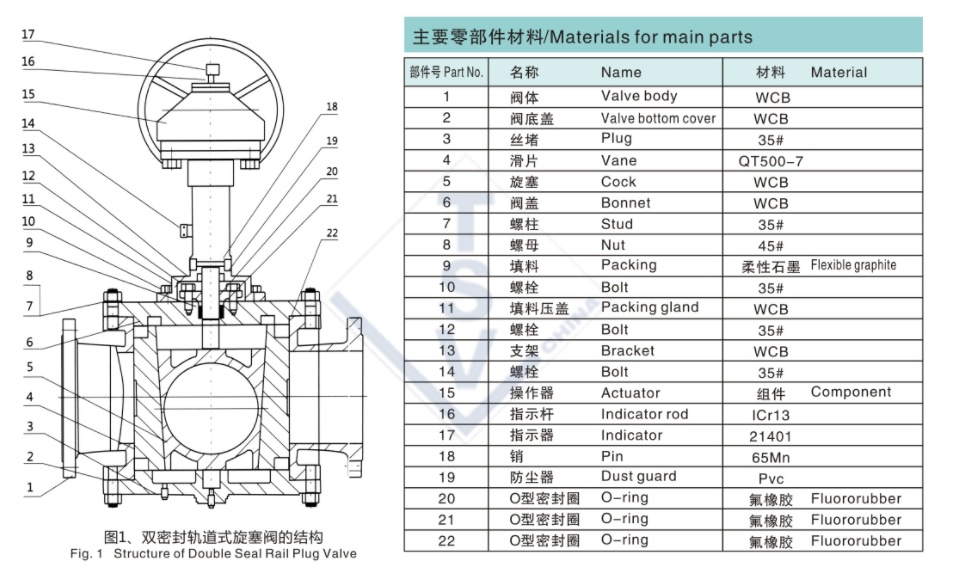


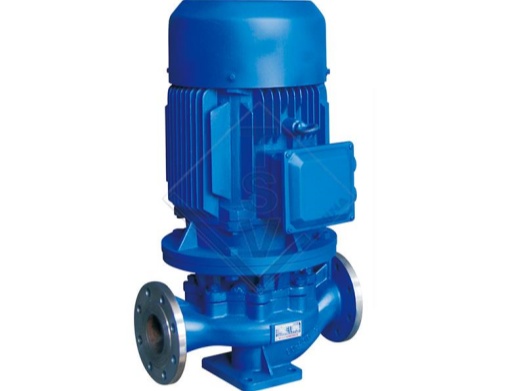
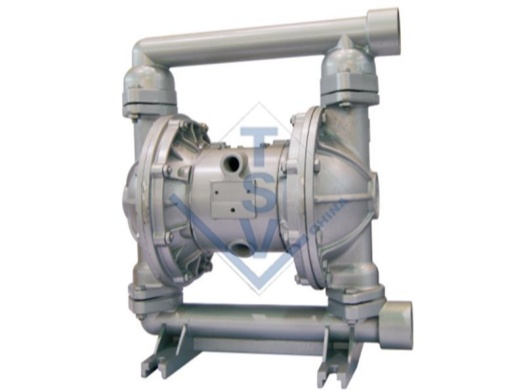
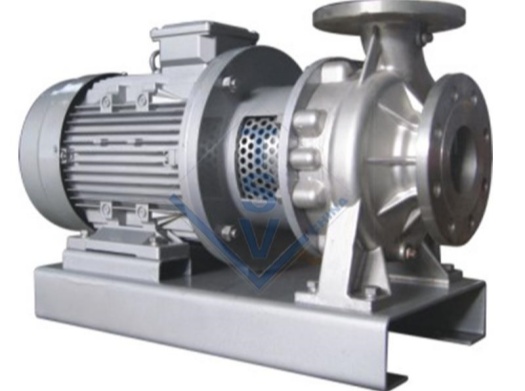
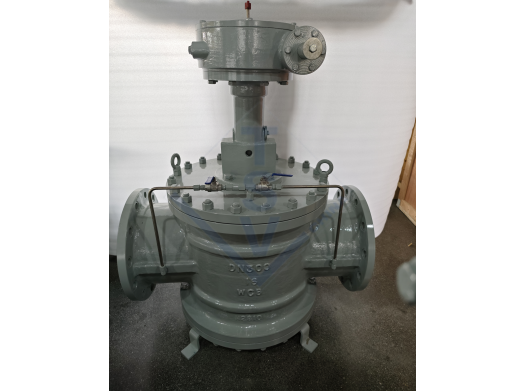
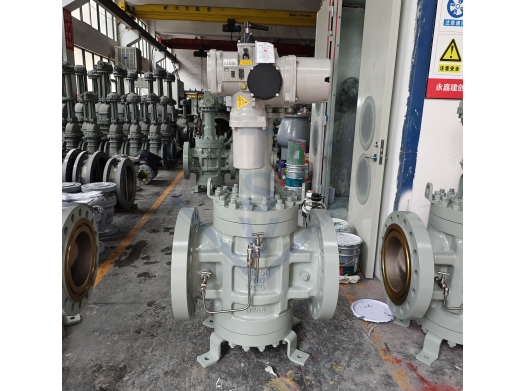

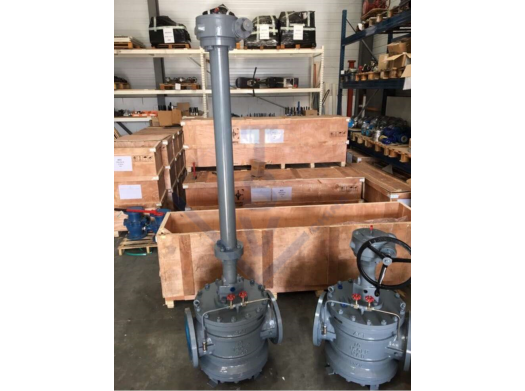
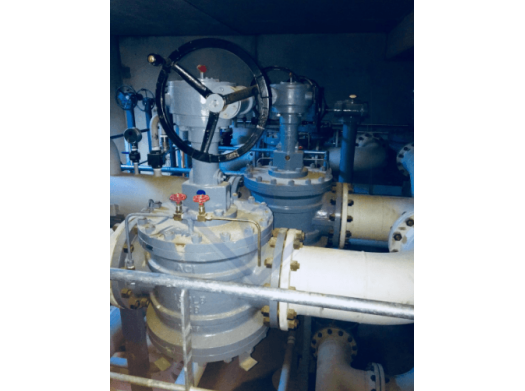
 Request a Quote
Request a Quote



